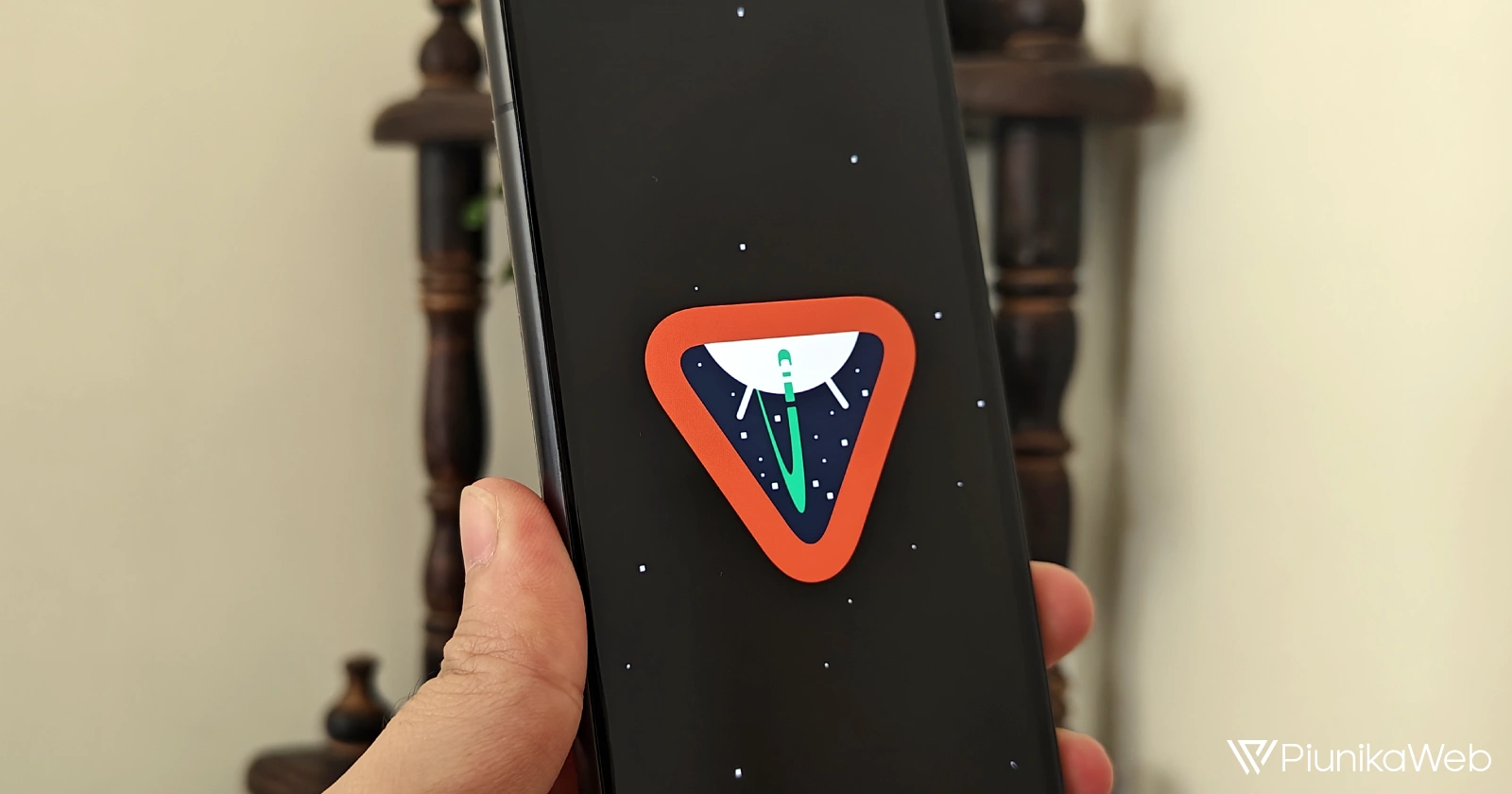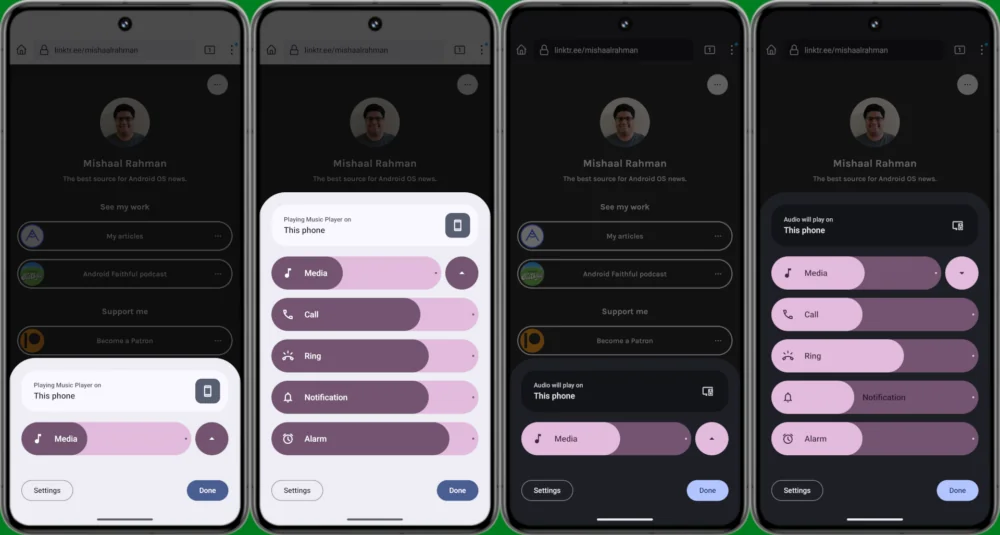For years, Android users have been familiar with a specific volume panel design. Triggered by pressing a volume key and followed by a tap on the three-dot menu, this panel presents five independent sliders for media, call, ringer, notification, and alarm volume control. Each slider is accompanied by a corresponding icon and offers a basic level of adjustment. While functional, this design hasn’t kept pace with the evolution of Android’s user interface.
However, a recent discovery by Mishaal Rahman hints at a significant overhaul on the horizon. The latest Android 15 Developer Preview 2 build offers a glimpse into a redesigned volume panel, one that departs from its predecessor in several key ways.
The new volume panel UI in Android 15
This new panel features thicker, pill-shaped sliders for each volume stream, replacing the previous thin design. Additionally, a small dot now resides at the end of each slider, signifying the maximum volume level. Furthermore, the icons beside each slider are now interactive like a simple tap mutes the corresponding audio stream.
But the collapsible nature of the volume panel is perhaps the most interesting change in Android 15 Developer Preview 2. A dedicated button adjacent to the media volume slider toggles the panel’s state. When media playback is active, the panel remains collapsed by default, promoting a more streamlined experience. Conversely, with no media playing, the panel opens in its expanded form.
Another noteworthy change involves the “Sound & Vibration” header. This element has been removed, replaced by a persistent media output shortcut. Previously, this shortcut only appeared during active media playback. The revamped design incorporates the shortcut regardless of playback status. However, when no media is playing, tapping the shortcut no longer triggers the media output switcher. Instead, it appears to function solely as an indicator of the current audio output device.
It’s important to note that this redesigned volume panel isn’t currently enabled by default in the Android 15 Developer Preview 2 build. However, considering its presence within the codebase, it’s highly probable that Google intends to roll it out in subsequent beta releases.
Inline image source: Mishaal Rahman



